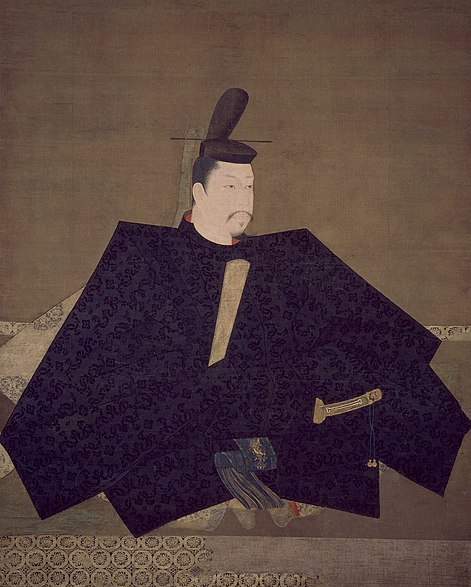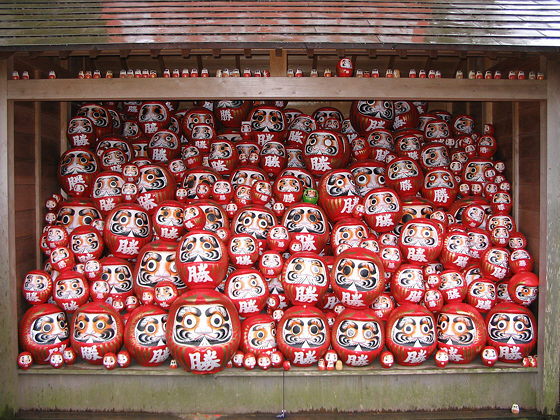 Shintaro Katsu returns as Hanzo "the Razor" Itami in part two of the chanbara trilogy chronicling the escapades of the samurai constable who lives and plays by his set of rules. This time, hanzo battles devil-worshiping abortionists, sadistic cultists and crooked officials. In his quest to defend the weak, hanzo uses a sharp-edged sword -- and his sexual muscle -- to mete out justice in director Yasuzo Masumura's mind blowing film.
Shintaro Katsu returns as Hanzo "the Razor" Itami in part two of the chanbara trilogy chronicling the escapades of the samurai constable who lives and plays by his set of rules. This time, hanzo battles devil-worshiping abortionists, sadistic cultists and crooked officials. In his quest to defend the weak, hanzo uses a sharp-edged sword -- and his sexual muscle -- to mete out justice in director Yasuzo Masumura's mind blowing film.This second installment in the Hanzo trilogy is just as sleazy as the first film,
Sword of Justice, if not more so. Hanzo again battles corruption and his incompetent superior with the aid of his two bumbling assistants. In this film, Hanzo battles Ninjas, is buried alive in order to infiltrate a criminals compound, fights thugs and a satanic abortion giving witch, and takes on a bald priestess. And of course Hanzo employs his famous "interrogation" technique on the reluctant females. Hanzo "interrogates" the bald female priest as well so that tells you what kind of film this installment is.
As I mentioned in my review of the first Hanzo film, actor Shintaro Katsu seems like the most unlikely samurai hero. He is pudgy and not very good looking. But Katsu is perfect. He IS Hanzo. Katsu is one of the great actors of this time period, especially in his greatest role as
Zatoichi the Blind Swordsman. This character is so diametrically opposite his Zatoichi character that it really shows what a great actor he is. These films are only for the more adventurous viewer. They are big time Japanese samurai sex-ploitation films. But if you approach these films with an open mind, you will not be disappointed.











